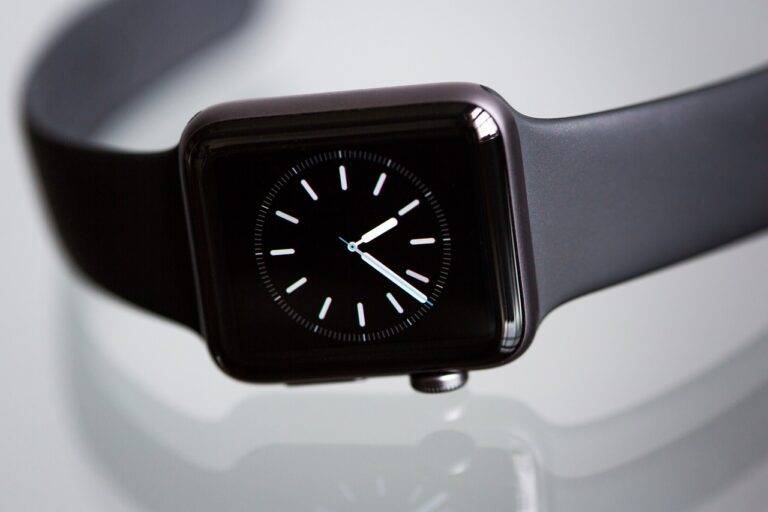The Future of Telehealth: Advancements in Remote Medical Care
The traditional healthcare system faces various obstacles that hinder its efficiency and accessibility. Long wait times for appointments and treatments have been a persistent issue, leading to frustration among patients and reducing the quality of care. Additionally, the bureaucratic nature of these systems often results in complex and time-consuming administrative processes, creating barriers to receiving timely medical attention.
Furthermore, the traditional healthcare model can be geographically limiting, especially for individuals in rural or underserved areas. Patients in these regions may have limited access to specialized care or medical professionals, forcing them to travel long distances for appointments or settling for subpar local healthcare options. This geographical disparity exacerbates existing inequalities in healthcare accessibility and can significantly impact the health outcomes of individuals in these marginalized communities.
Benefits of telehealth services
Telehealth services have revolutionized healthcare delivery by breaking barriers of distance and improving access to medical care for individuals in remote or underserved areas. Through virtual consultations and digital health platforms, patients can now receive timely medical advice, diagnosis, and treatment without the need to travel long distances or wait for extended periods. This convenience not only saves time and money for patients but also reduces the burden on overcrowded healthcare facilities, allowing healthcare professionals to focus on critical cases.
Moreover, telehealth services offer a high level of flexibility for both patients and healthcare providers. With the ability to schedule virtual appointments at convenient times, individuals no longer have to disrupt their daily routines for medical consultations. This flexibility is particularly beneficial for those with busy schedules or mobility issues, as they can access medical expertise from the comfort of their own homes. Additionally, healthcare providers can expand their reach and serve a broader patient population without the constraints of physical clinic hours, enhancing their efficiency and effectiveness in delivering care.
Technological advancements enabling remote medical care
The integration of telehealth services has been a pivotal advancement in modern healthcare, enabling remote medical care like never before. Patients now have the convenience of consulting healthcare providers from the comfort of their homes, eliminating the need for in-person visits for certain non-emergency medical concerns. With the use of video calls and messaging platforms, healthcare professionals can diagnose, monitor, and treat patients effectively, ensuring continuity of care even from a distance.
Remote monitoring devices have also revolutionized healthcare by allowing healthcare providers to remotely track vital signs and health data of patients. Patients with chronic conditions, for instance, can benefit greatly from these devices, as healthcare providers can closely monitor their health status and intervene promptly when necessary. The real-time data transmission from these devices enhances the precision of diagnoses and treatment plans, ultimately improving patient outcomes and quality of care.
What are some challenges in traditional healthcare systems?
Some challenges in traditional healthcare systems include limited access to healthcare services, long waiting times for appointments, and difficulties in reaching remote or underserved areas.
What are the benefits of telehealth services?
Telehealth services offer benefits such as increased access to medical care, convenience for patients who may have difficulty traveling to appointments, and the ability to consult with healthcare providers remotely.
How have technological advancements enabled remote medical care?
Technological advancements such as telemedicine platforms, wearable devices, and virtual reality tools have enabled remote medical care by allowing healthcare providers to diagnose, treat, and monitor patients from a distance.





